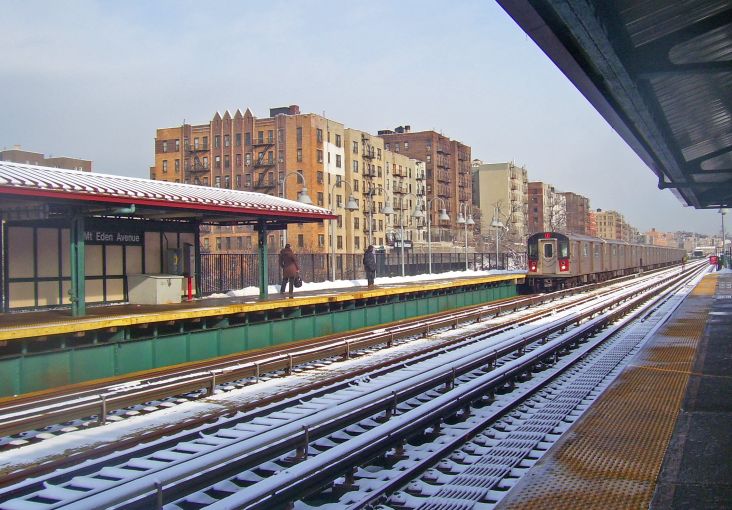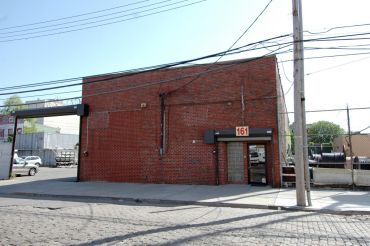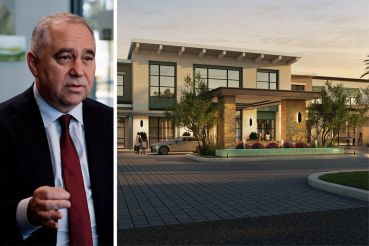City Planning Commission Gives the Go-Ahead to Jerome Avenue Rezoning
By Rebecca Baird-Remba January 17, 2018 6:34 pm
reprints
The de Blasio administration’s contentious plan to rezone and encourage development in some of the Bronx’s poorest neighborhoods got the greenlight from the City Planning Commission this morning.
The commission voted 10 to 1 to approve the Jerome Avenue rezoning, which will cover 92 blocks across Highbridge, Mount Hope, Morris Heights, Fordham Heights and University Heights. The plan involves changing the zoning along Jerome Avenue from exclusively industrial and commercial uses to mixed-use and residential. Today’s vote was the second-to-last step in the seven-month-long uniform land use review process, and in the next two months, the City Council will have the final say over whether the rezoning gets approved. The City Planning Commission approval also comes after Bronx community boards 4, 5 and 7, along with Borough President Ruben Diaz Jr., recommended the plan “with conditions.”
The new zoning is expected to pave the way for 3,250 apartments, 72,273 square feet of community facility space, and 35,575 square feet of commercial and retail space within the next decade, according to a final environmental impact statement issued by the Department of City Planning this month.
It’s also expected to push out a few dozen of the small, immigrant-owned auto shops that currently line Jerome Avenue. Roughly 98,000 square feet of auto-related uses and 47,795 square feet will disappear in the next 10 years, per the city’s estimates. Planning documents predict that 77 businesses, including 36 auto shops, and 584 employees will be displaced by new development.
The plan to revamp Jerome Avenue and its surrounding neighborhoods also comes with a slew of promised community benefits, including new schools, new parkland, improvements to existing green spaces, street improvements, new lighting beneath the elevated 4 train tracks on Jerome, and upgrades to local subway stations. In order to address concerns about tenants being displaced, the city is also implementing a pilot Certificate of No Harassment program, which requires landlords to prove that they are not harassing their tenants before the Department of Buildings will approve permits for new construction or renovation.
“More than just a rezoning, the Jerome Avenue Neighborhood Plan represents the goals and visions for an active, safe, healthy and vibrant corridor that serves the community,” City Planning Chairwoman Marisa Lago said before voting. “The land use actions on which we’re voting will transform the corridor by broadening permitted uses, allowing housing, and most importantly affordable housing, schools, and other community facilities where none are permitted today under the outdated zoning.”
Lago also pointed out that the new zoning will require setbacks from the elevated tracks, active retail or community facility uses on the ground floor, and allow “irregular or challenged sites to more easily develop as-of-right.”
Commissioner Michelle de la Uz was the lone vote against the plan, arguing that the city’s final environmental impact statement lacked a thorough analysis of the risk whether rent-stabilized tenants would be displaced by the rezoning.
She also expressed concern about the rezoning’s impact on the auto shops along Jerome.
“I believe the city can do more to support the relocation of these businesses and these jobs,” de la Uz said. “No comprehensive analysis was done of how Jerome Avenue’s auto-related businesses are interdependent and who is in those jobs. The city continues to reduce areas zoned for manufacturing without a comprehensive assessment of how those changes may cumulatively impact the goods and services New Yorkers need and the decent jobs lost, often to immigrants and individuals with limited education.”


